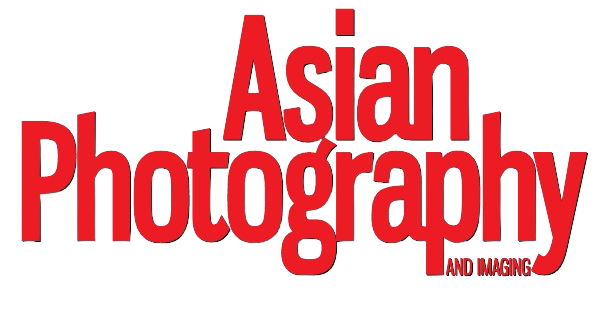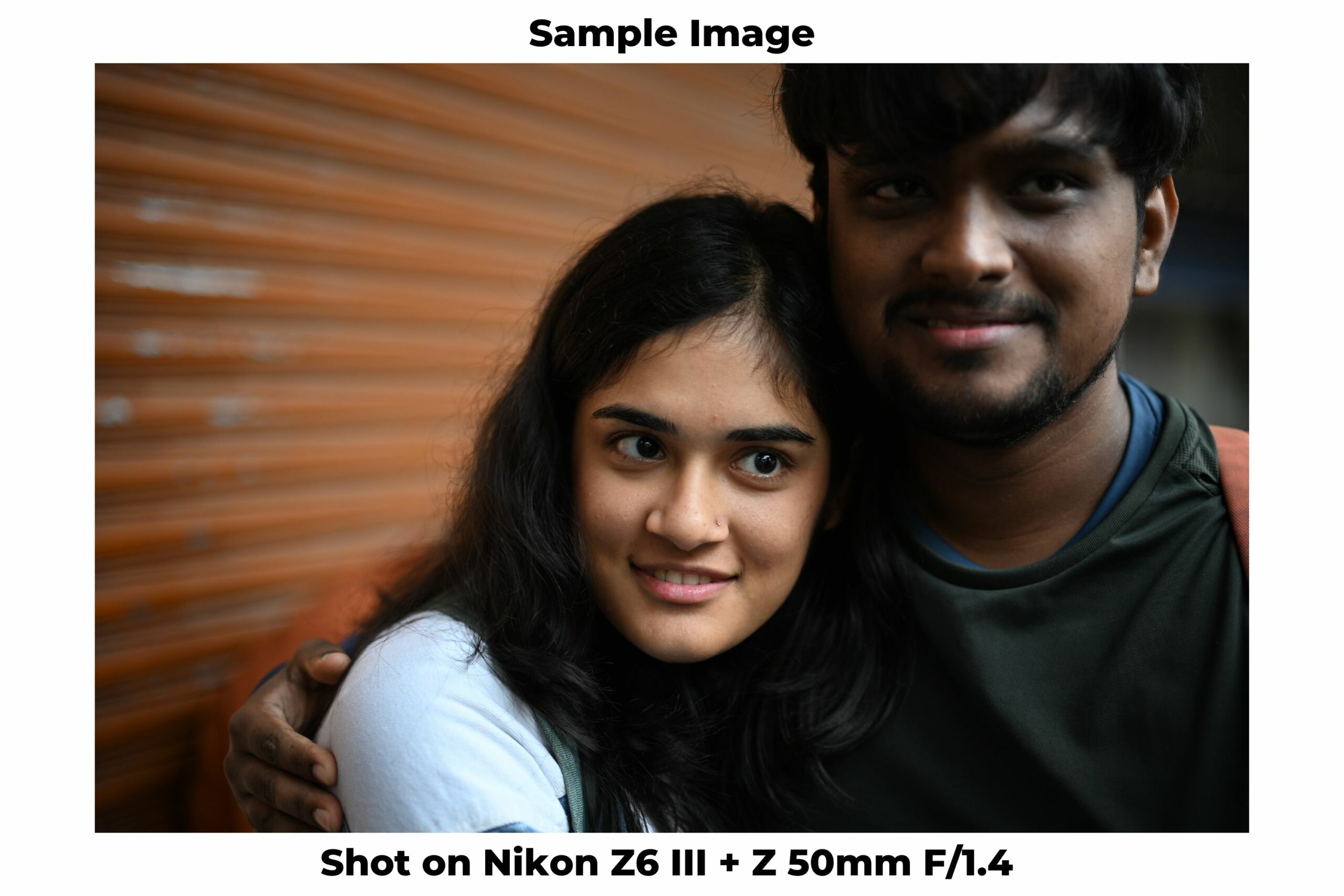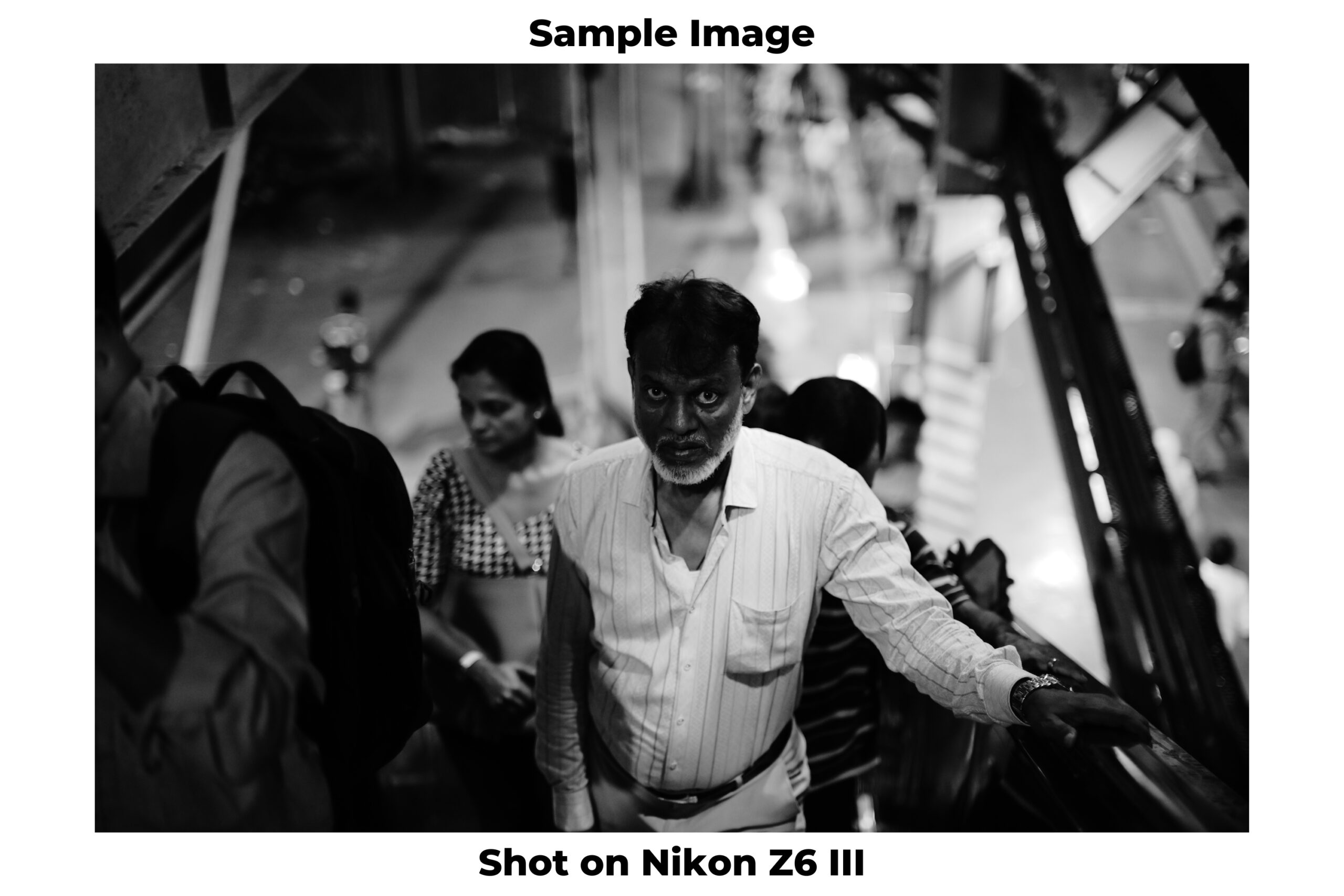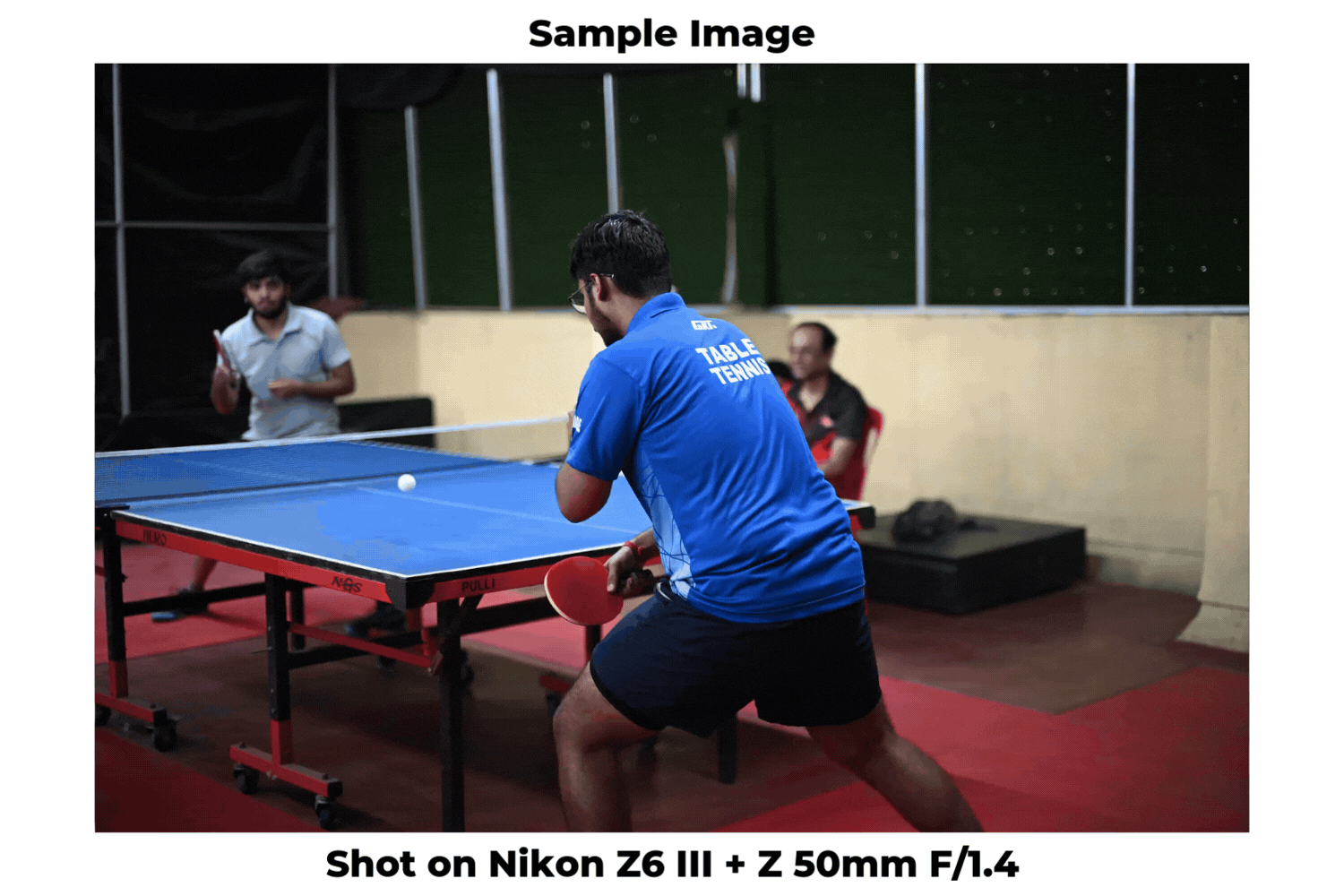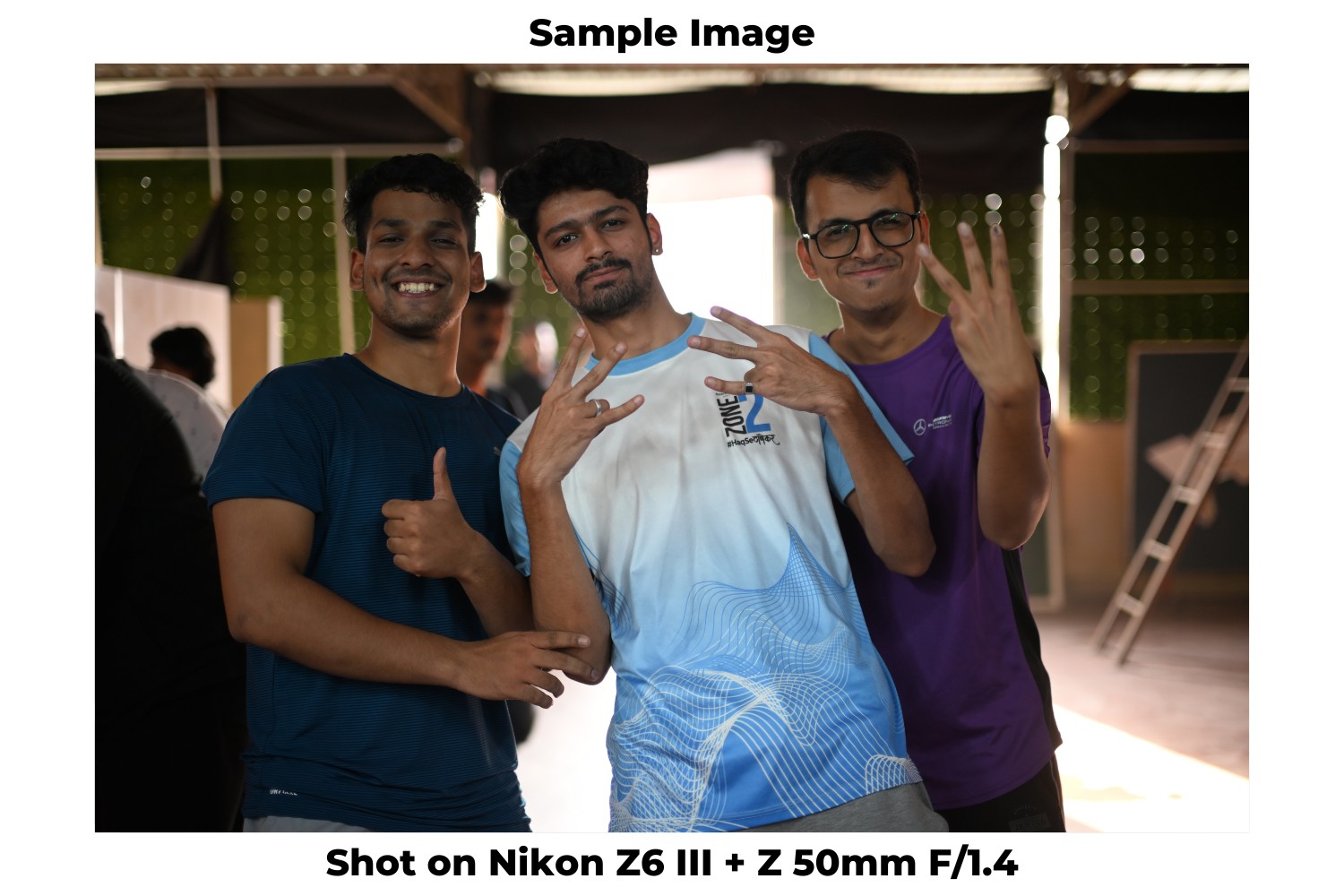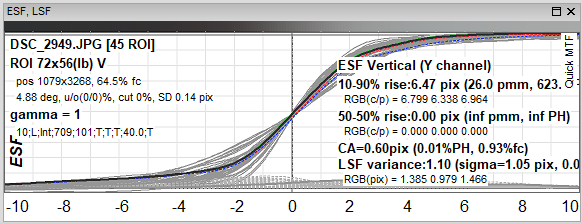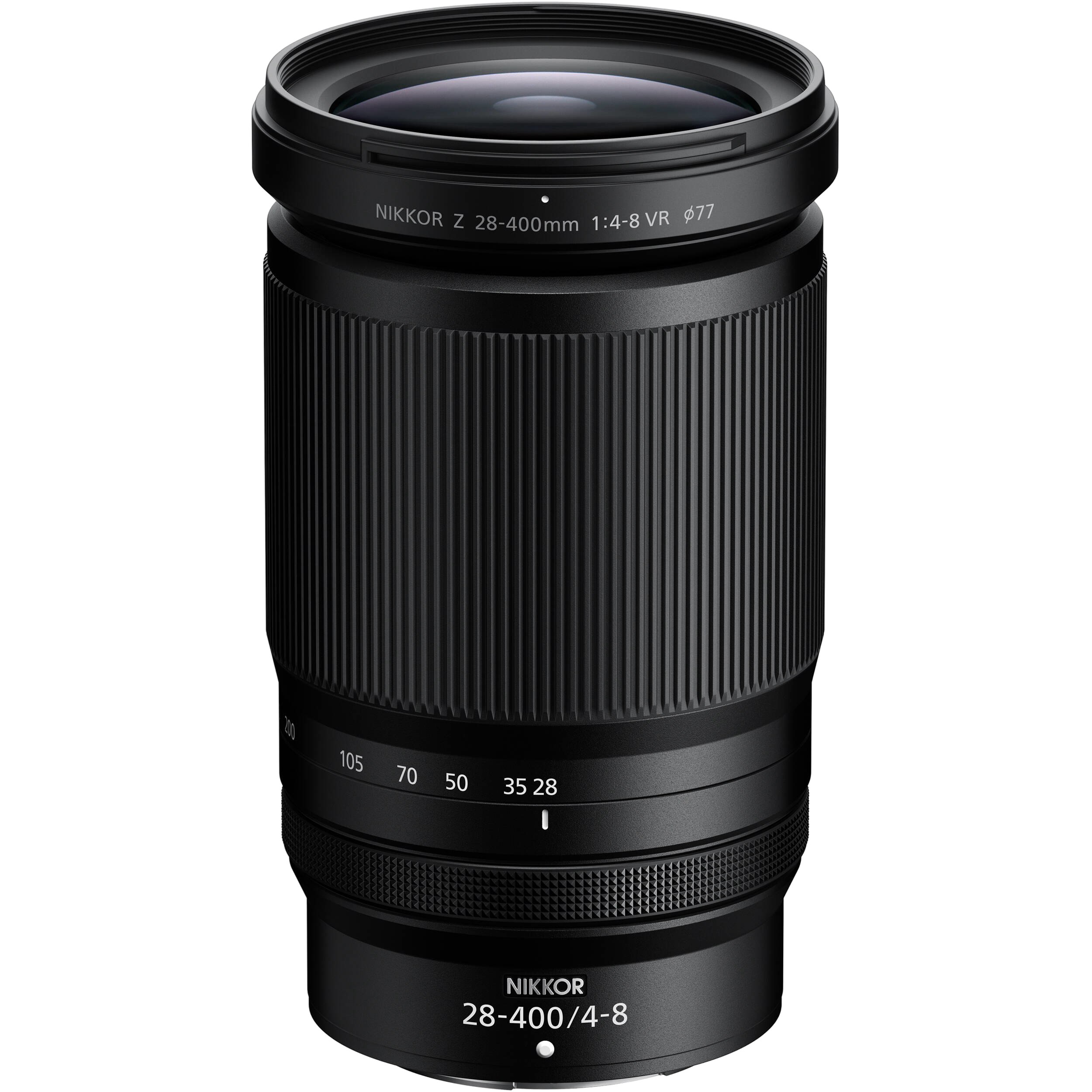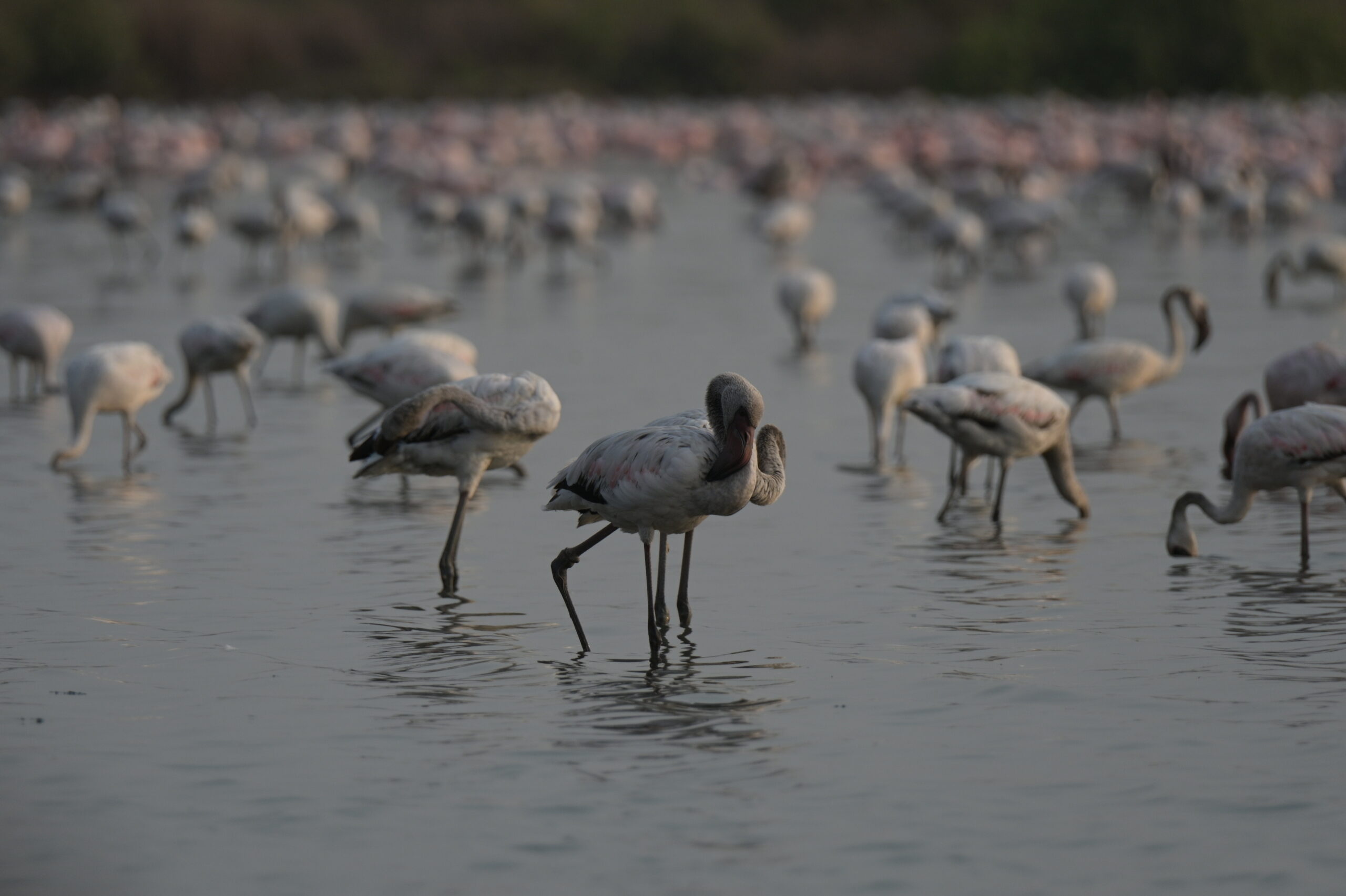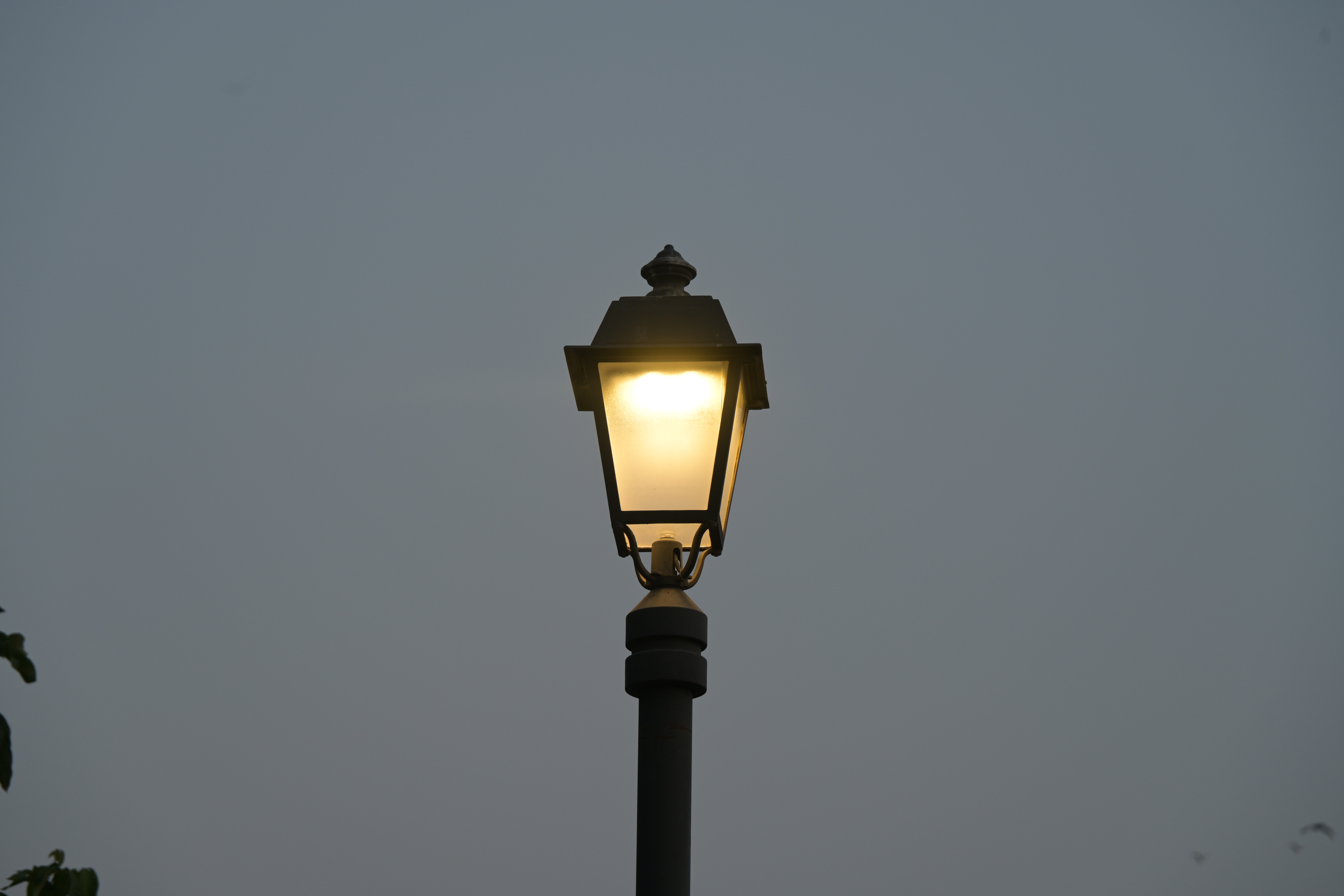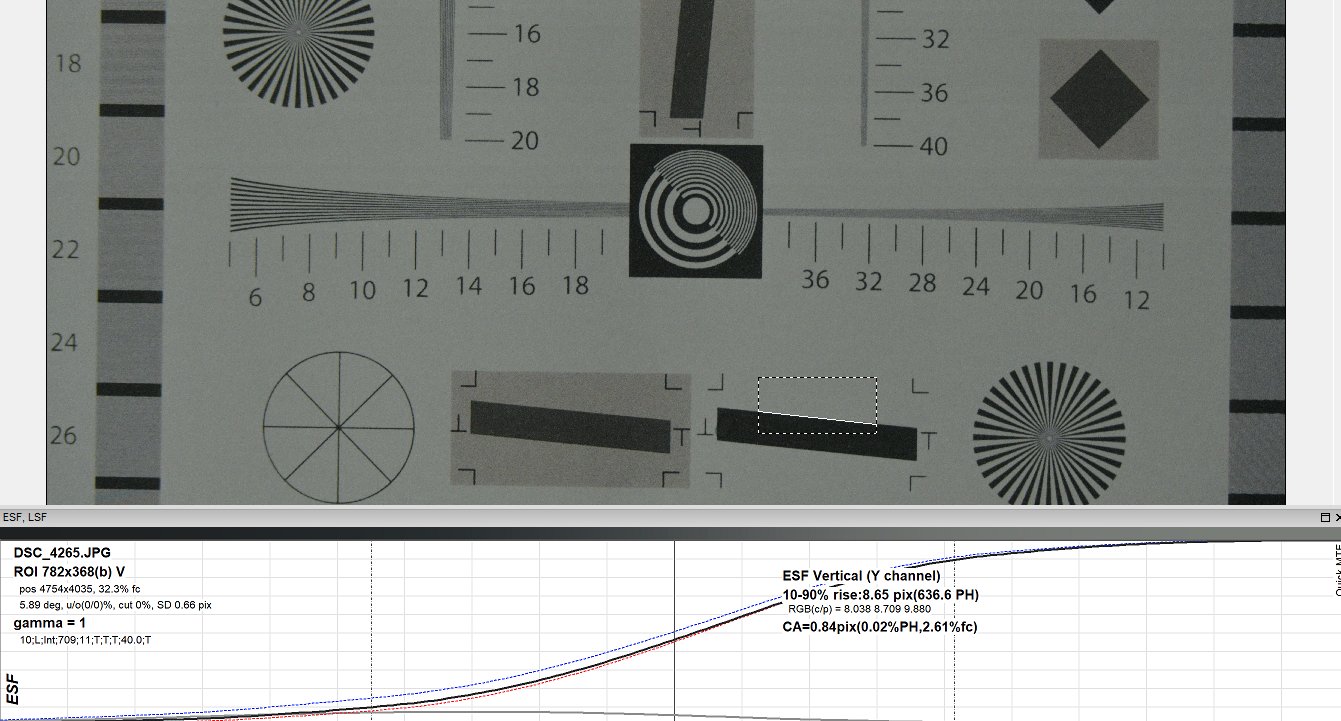Nikon’s latest prime lens, the NIKKOR Z 35mm F/1.4 is the first F/1.4 prime lens for the Z mount lineup. The second is the 50mm F/1.4, which we have also reviewed in the issue, so be sure to check that out as well.
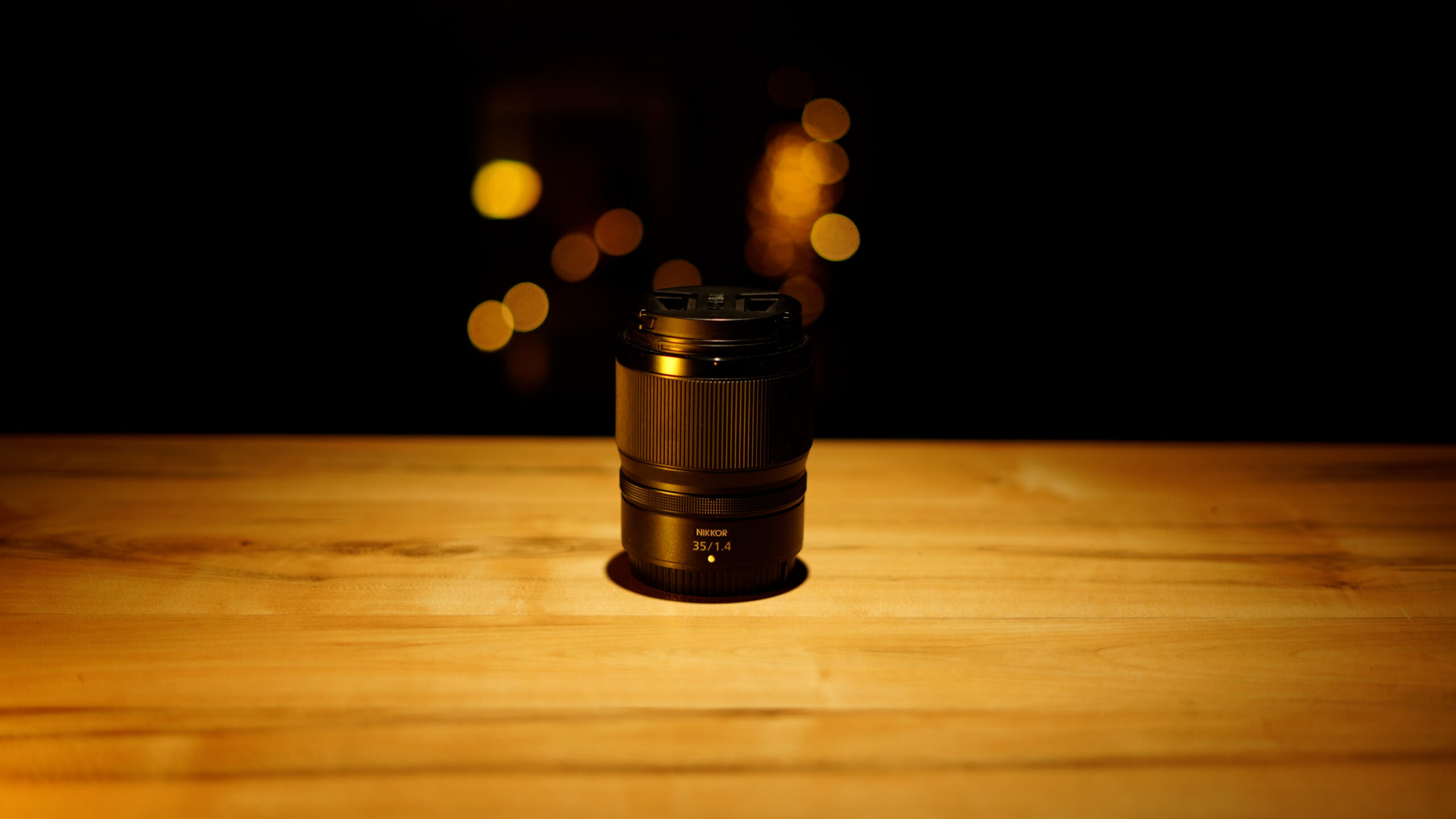
35 1.4 
35 1.4 with hood
Design, Build & Handling
At first glance, the Z 35mm F/1.4 looks strikingly similar to its sibling, the 50mm F/1.4. Nikon deserves credit for maintaining design consistency across these lenses. Weighing just 415 grams, it is compact and lightweight, making it a highly portable choice.
The lens sports a 62mm filter diameter and boasts a premium, robust build. When paired with the Nikon Z6III, it achieves excellent balance – a setup ideal for both photography and videography.
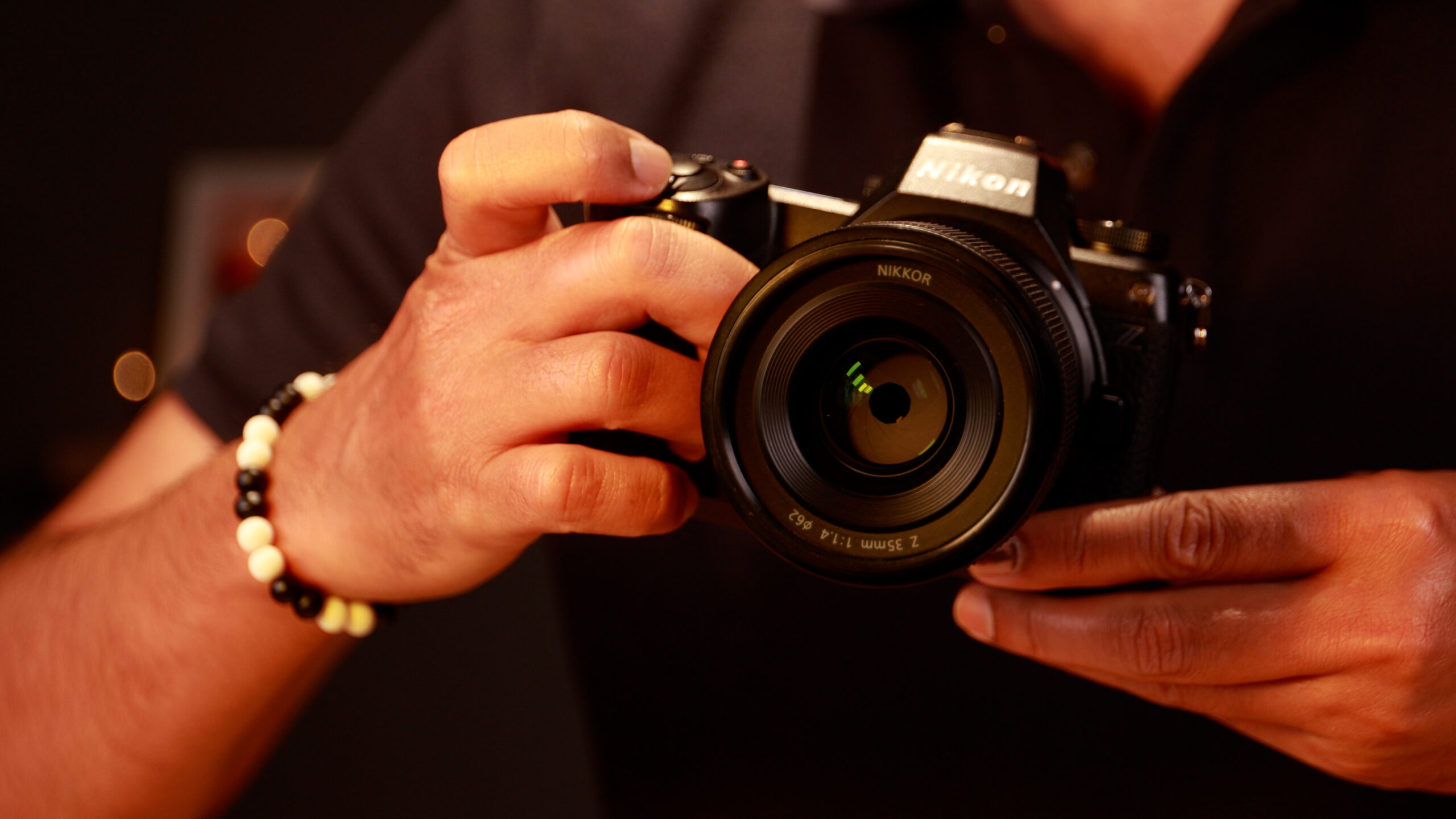
The design is minimalistic, featuring only two rings: the focus ring and the customizable control ring. Unlike some other lenses, it lacks additional buttons. Nikon’s reasoning here seems clear – photographers and videographers often use focal lengths like 35mm and 50mm for video work, especially on gimbals. The simpler design ensures quick lens swaps without the hassle of recalibration.
Autofocus Performance
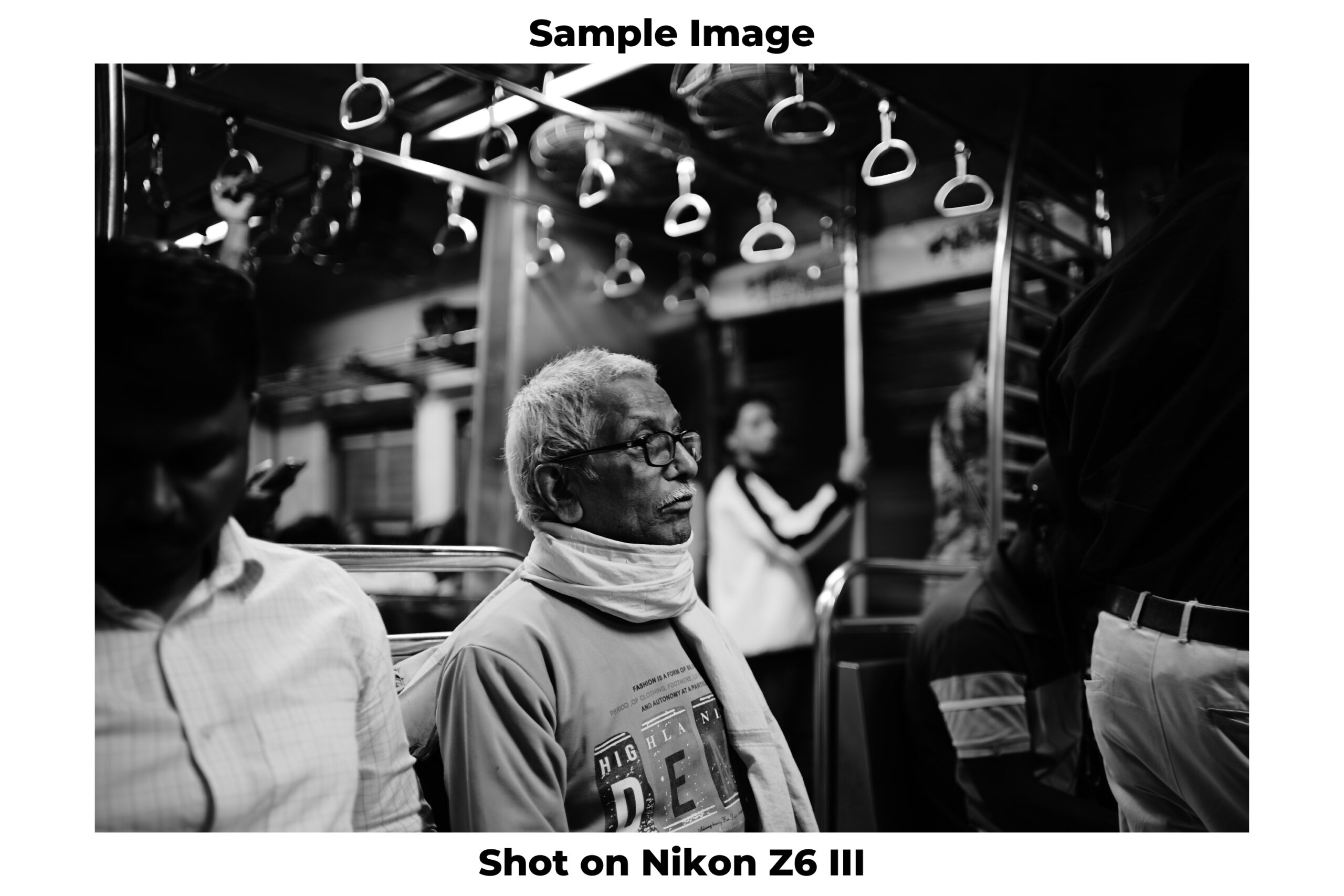
The Z 35mm F/1.4 is equipped with a stepping motor, offering fast, silent autofocus performance. While there’s no built-in image stabilization, the lens delivers smooth, quick focussing both during the day and in low light conditions.
For video shooters, the autofocus transition between points is remarkably smooth. Nikon has also done an excellent job correcting focus breathing, resulting in cinematic-quality footage that filmmakers will appreciate.
Image Quality
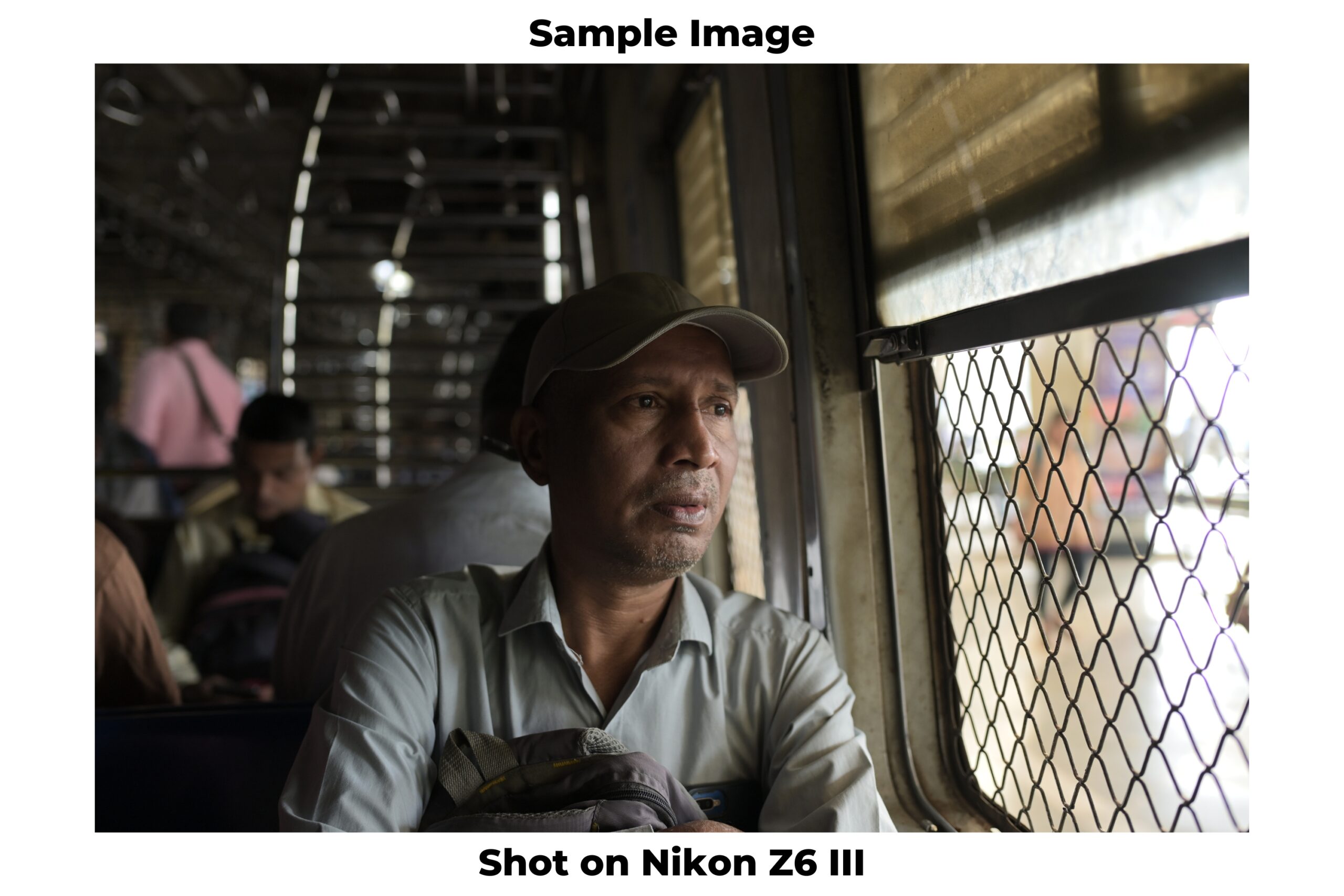
When it comes to performance, the image quality from this lens is impressive. Photos are sharp and well-detailed in daylight, while low light conditions allow for atmospheric shots with excellent depth and mood.
While there are minor focus-hunting issues in specific scenarios, you can work around them to achieve results. Edge sharpness exhibits slight softness, but overall, the lens delivers good performance.
Flaring & Ghosting
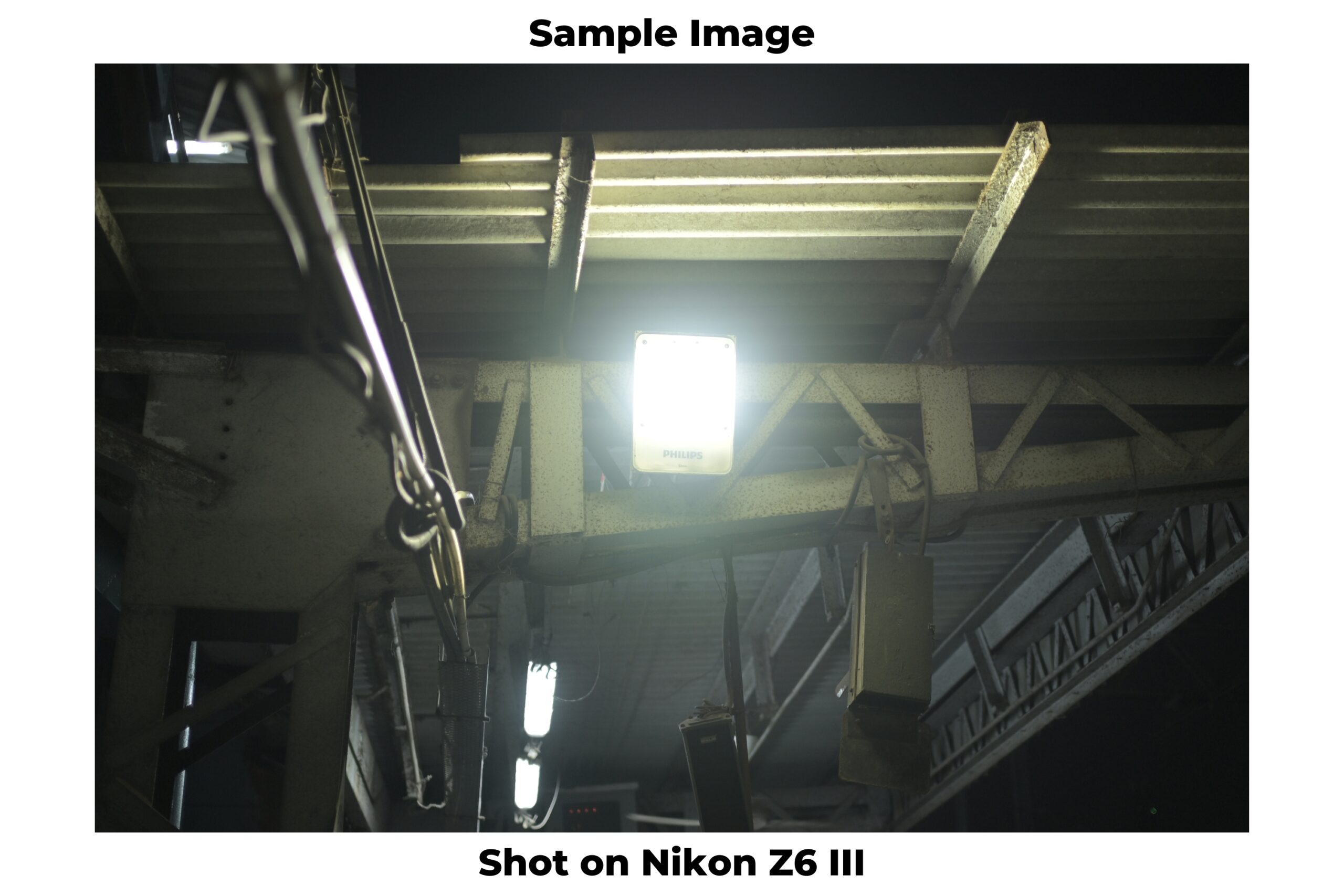
Despite lacking the fluorine coating found in Nikon’s S-series lenses, the Z 35mm F/1.4 handles flaring surprisingly well. Even though Nikon includes a lens hood in the box, you can often leave it behind to maintain a minimal and stealthy setup.
That said, because of the absence of fluorine coating, the front element tends to attract dirt and oil more quickly. A microfiber cloth will be essential to keep the lens clean.
Bokeh Performance
If you’re a fan of creamy bokeh, the Z 35mm F/1.4 won’t disappoint. The lens produces smooth, round bokeh across most of the frame. However, in certain areas, the bokeh can appear slightly squished, resembling an egg shape.
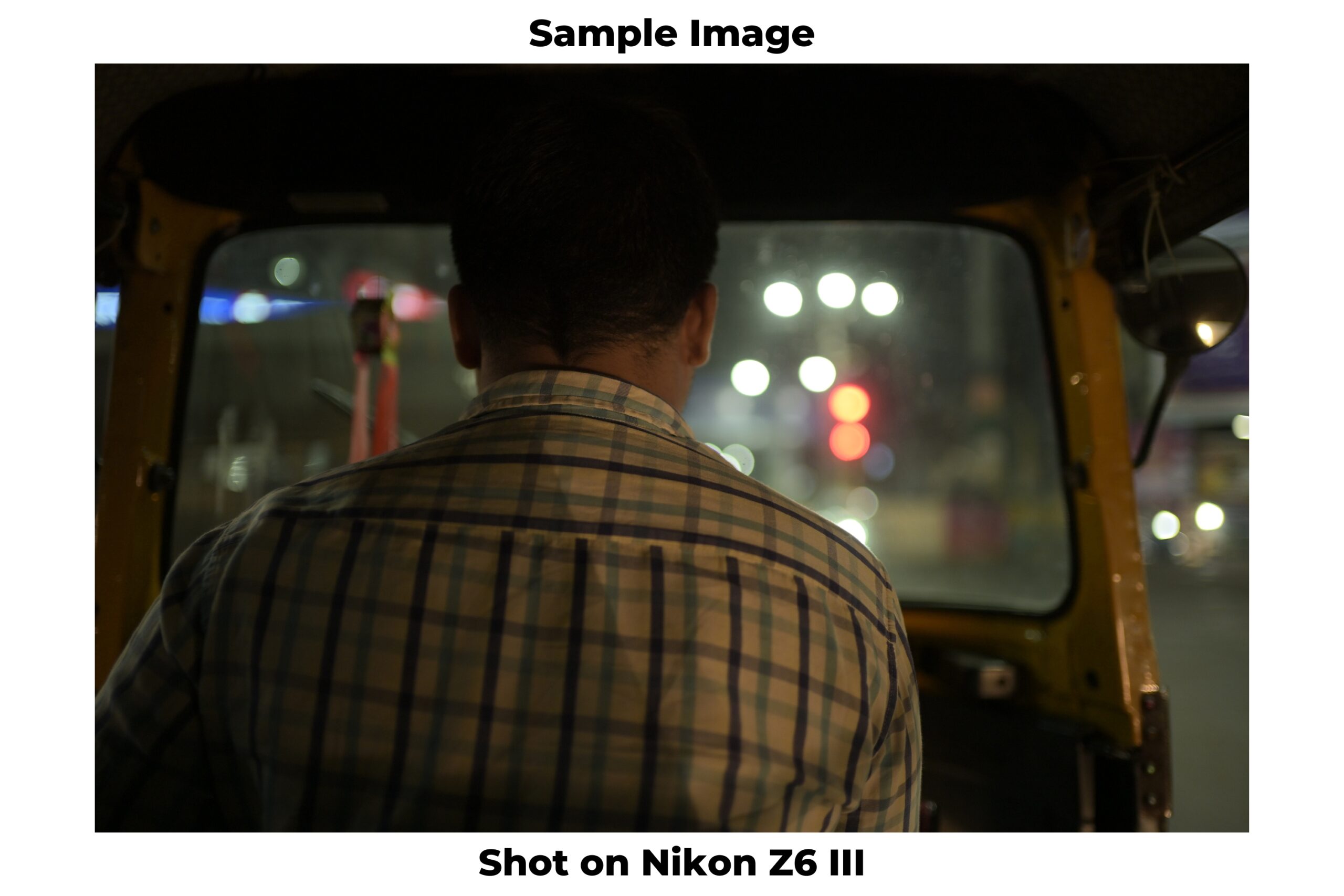
Chromatic Aberration (CA)
Running the lens through the Quick MTF app gave an output of 0.42 pixels for chromatic aberration. For a prime lens in this category, that’s a solid result and within acceptable limits.
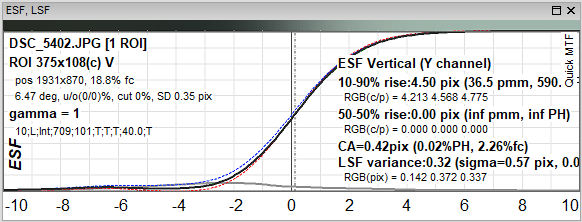
Verdict
So, what’s our take on the NIKKOR Z 35mm F/1.4? At a price point of ₹89,999, it’s ₹10,000 more than Nikon’s 50mm F/1.4. However, when you compare it to competitors like Sony and Canon, whose 35mm F/1.4 lenses start at around ₹1.4 lakh, Nikon’s offering stands out as a fantastic value-for-money option.
For many photographers, a 50mm can feel too tight, and a wider 35mm is the perfect solution – offering a broader field of view without noticeable distortion. Whether you’re a street photographer looking for versatility or someone who needs a lightweight, travel-friendly lens that performs in both daylight and low light, the Z 35mm F/1.4 is an excellent choice.
